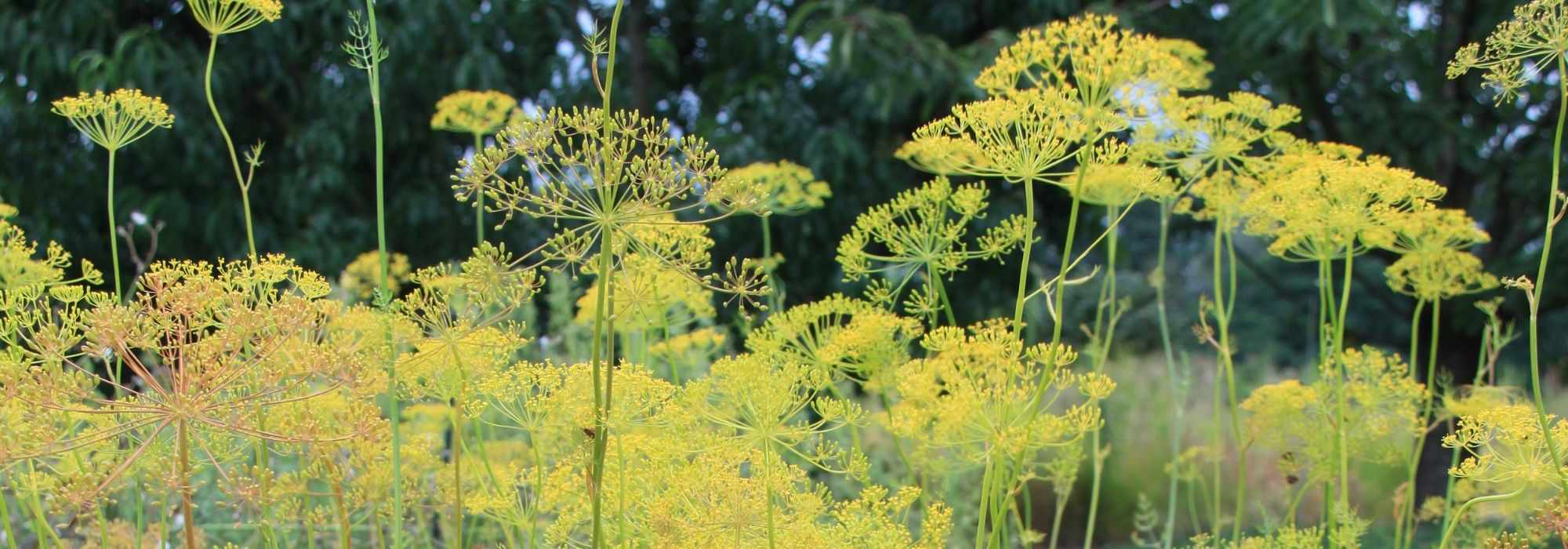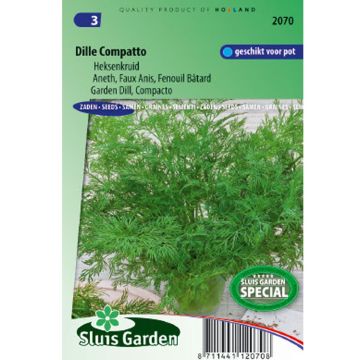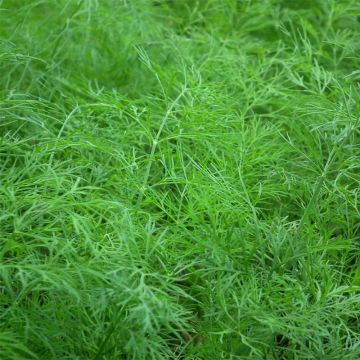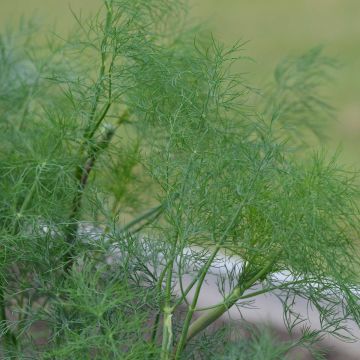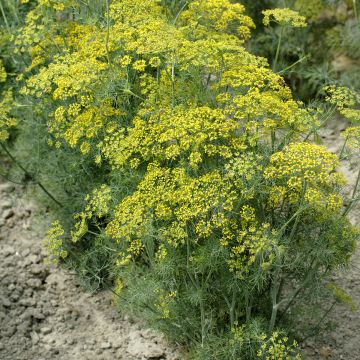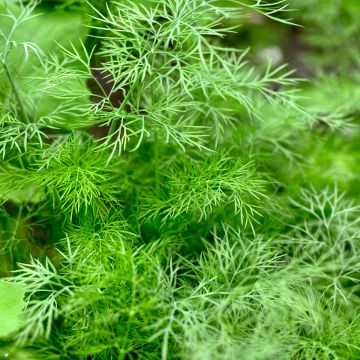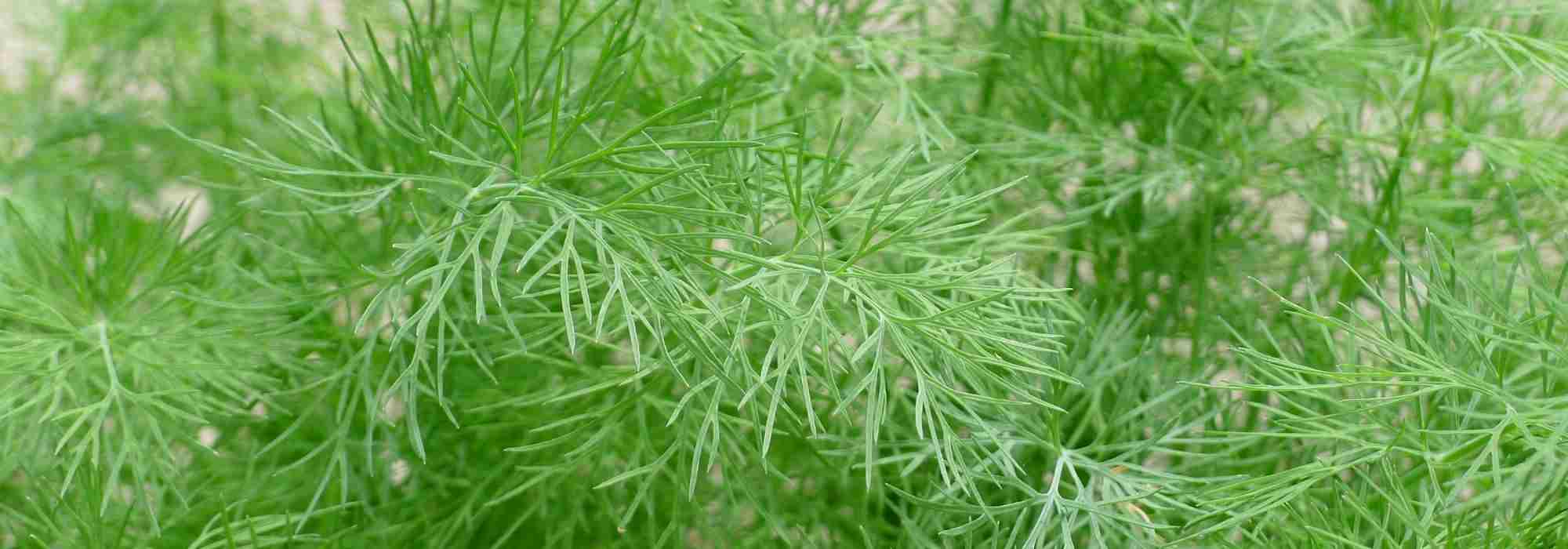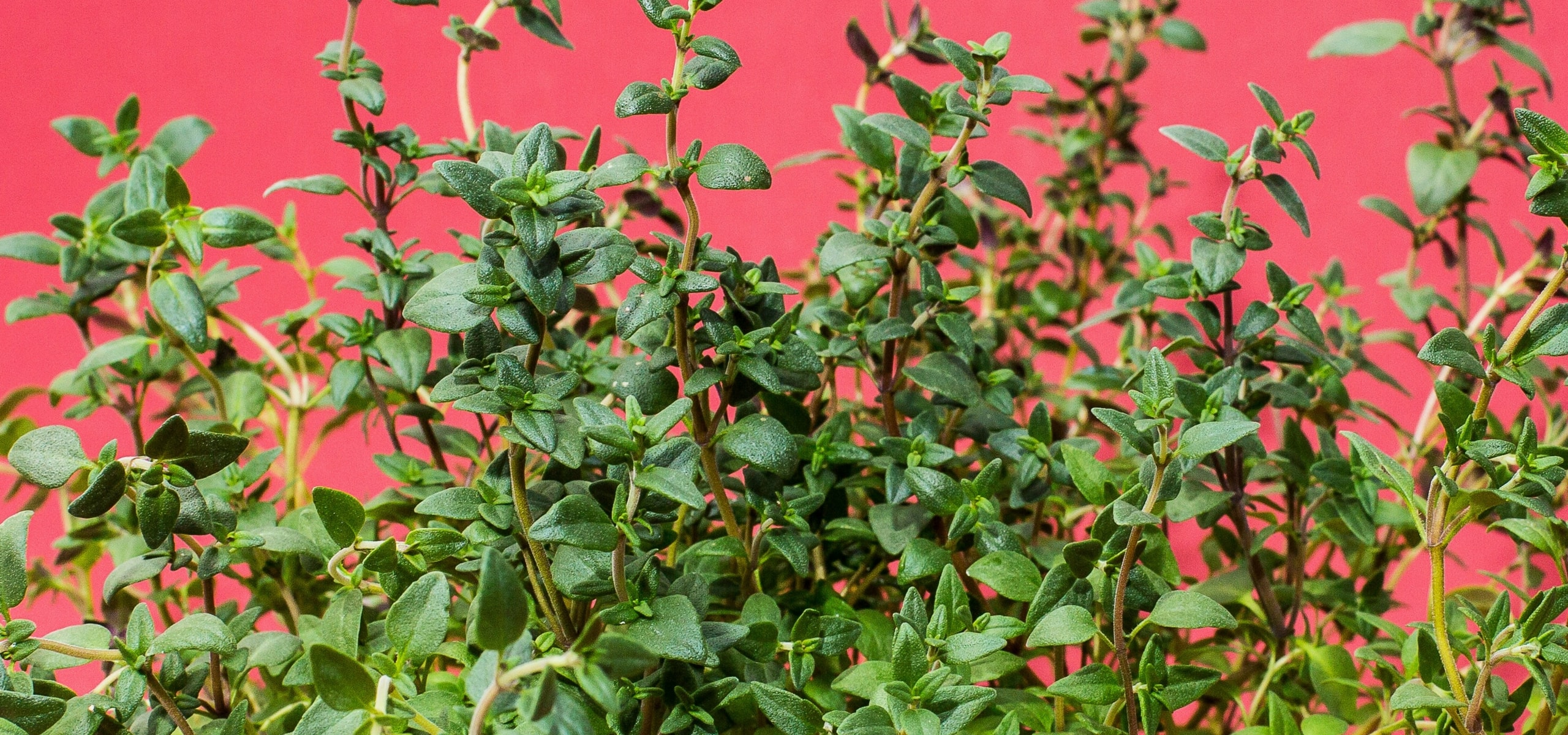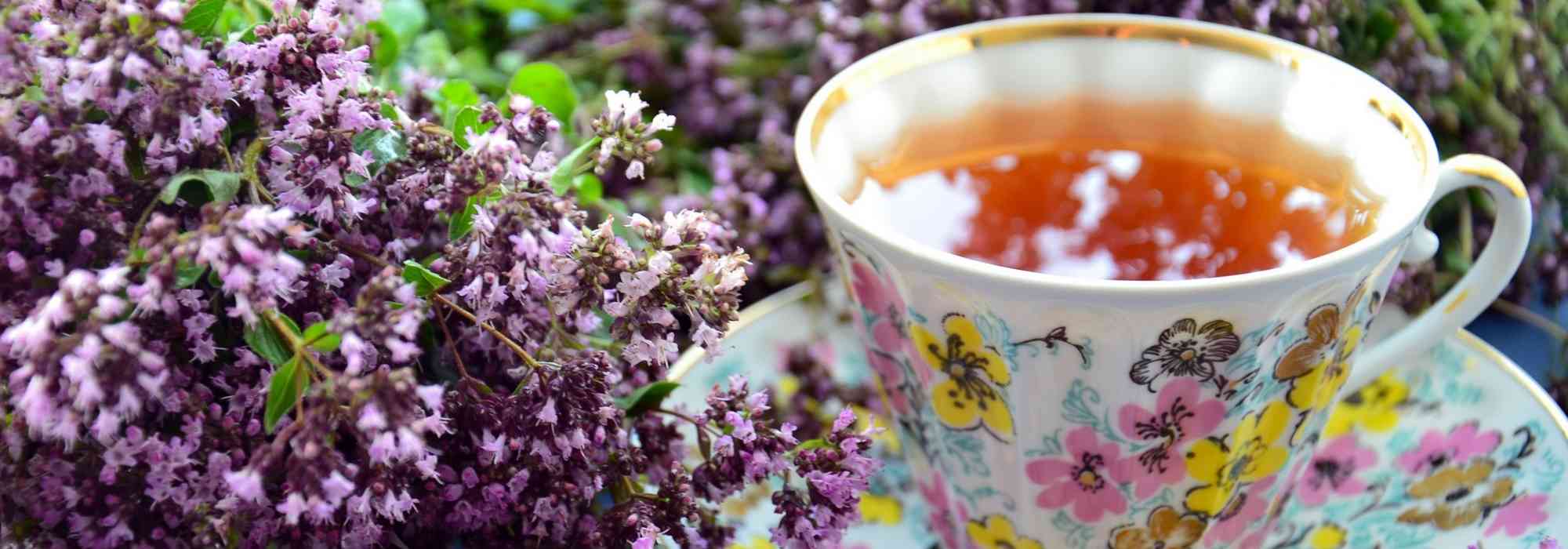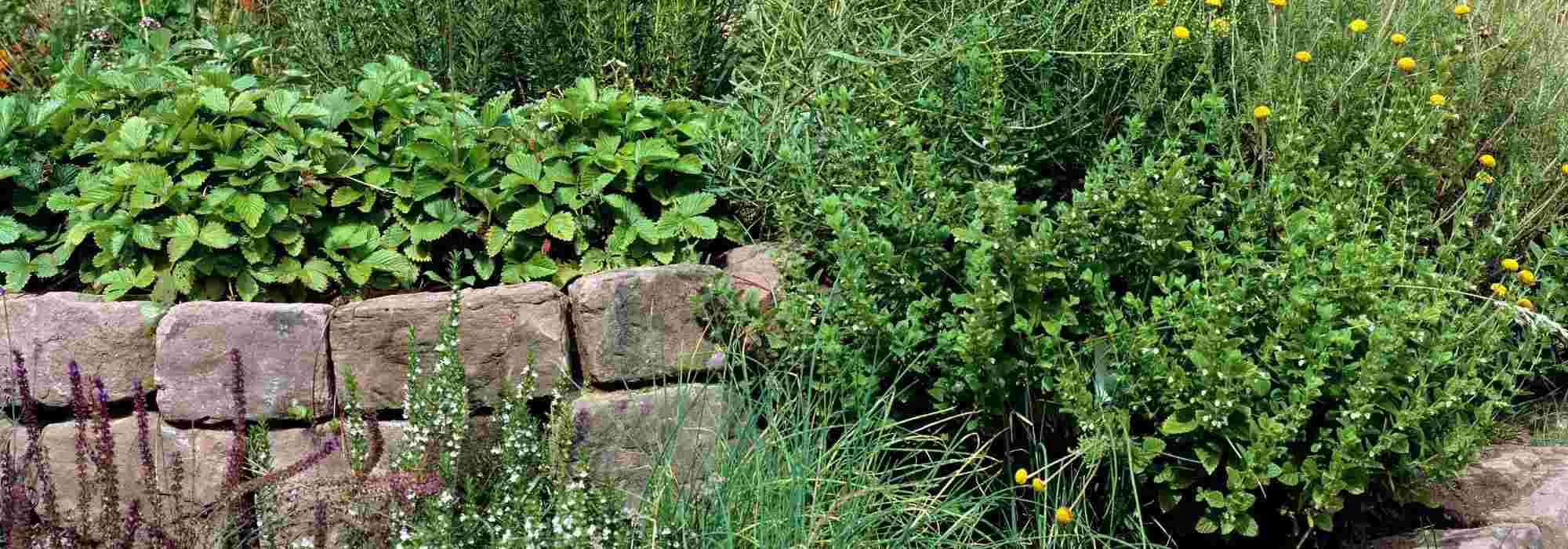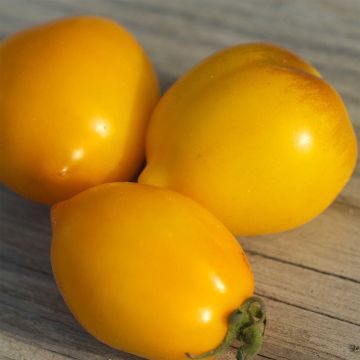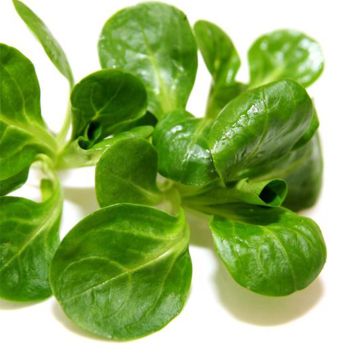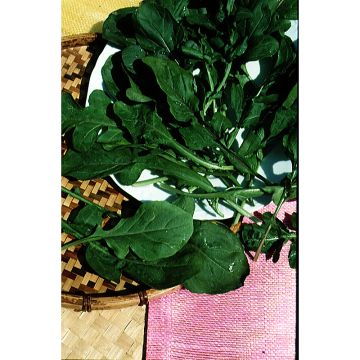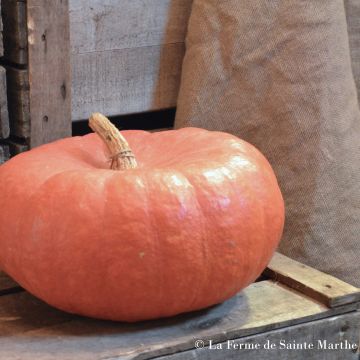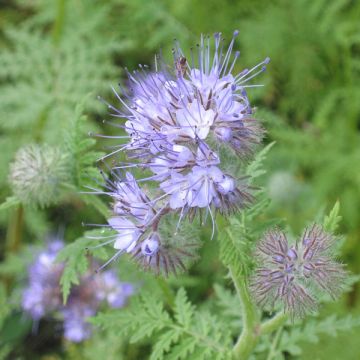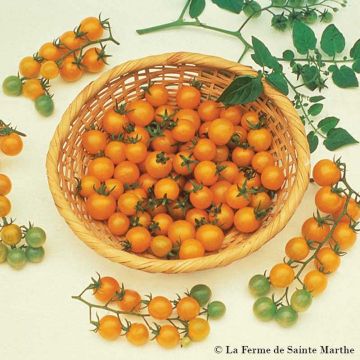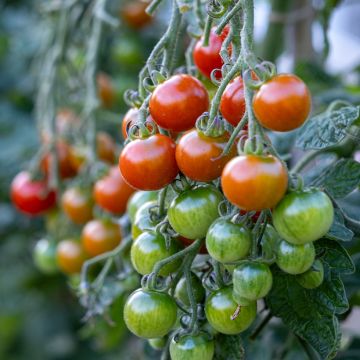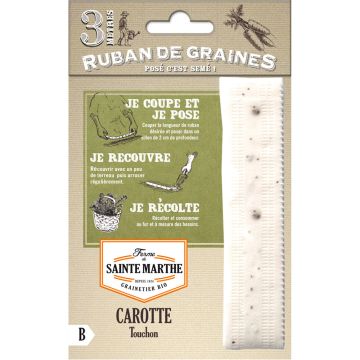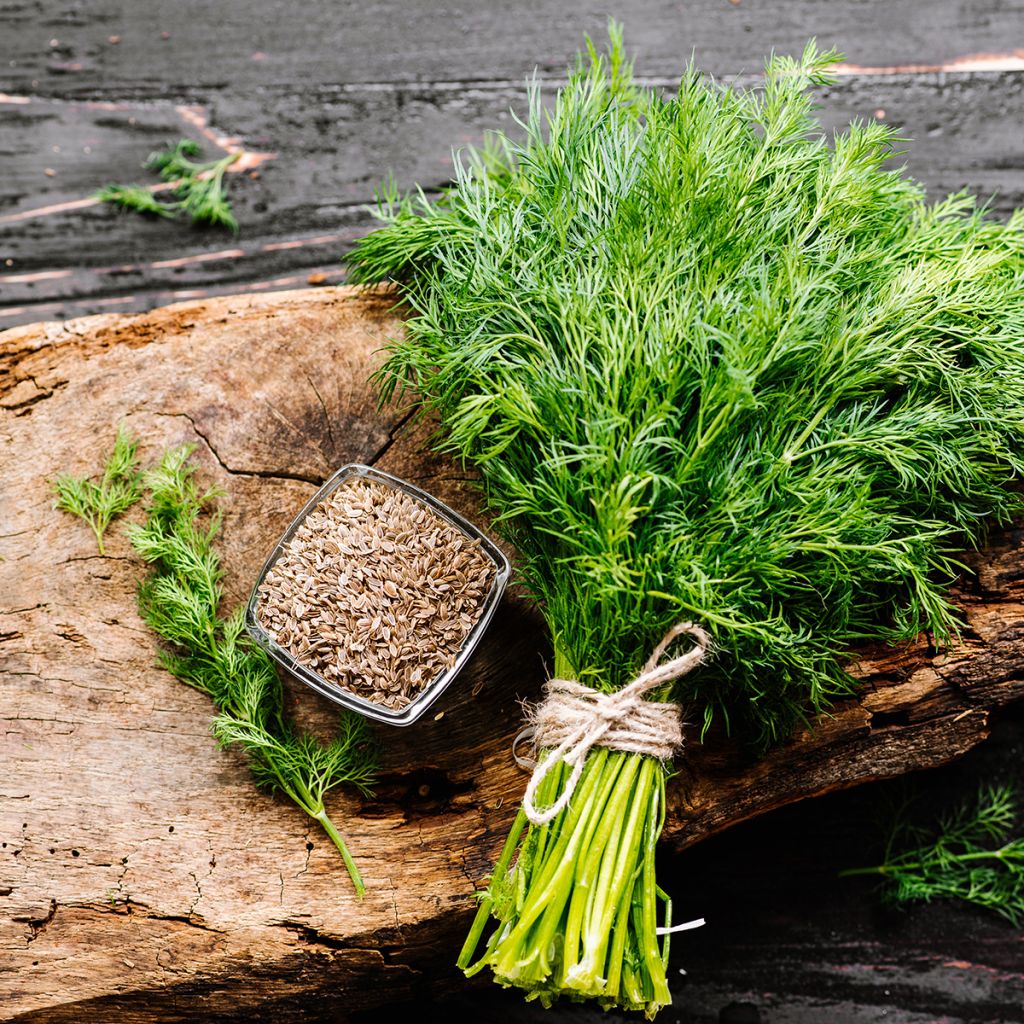

Dill - Anethum graveolens
Dill - Anethum graveolens
Anethum graveolens
Dill, Anet
Thank you very much. How can I log in?
jghrokrfoy, 20/04/2022
Special offer!
Receive a €20 voucher for any order over €90 (excluding delivery costs, credit notes, and plastic-free options)!
1- Add your favorite plants to your cart.
2- Once you have reached €90, confirm your order (you can even choose the delivery date!).
3- As soon as your order is shipped, you will receive an email containing your voucher code, valid for 3 months (90 days).
Your voucher is unique and can only be used once, for any order with a minimum value of €20, excluding delivery costs.
Can be combined with other current offers, non-divisible and non-refundable.
Home or relay delivery (depending on size and destination)
Schedule delivery date,
and select date in basket
This plant carries a 6 months recovery warranty
More information
We guarantee the quality of our plants for a full growing cycle, and will replace at our expense any plant that fails to recover under normal climatic and planting conditions.

Description
Anethum graveolens, also known as bastard fennel and false anise, is an annual aromatic plant native to the Mediterranean basin. It belongs to the Apiaceae family (formerly Umbelliferae) and produces charming umbel flowers in a beautiful acidic yellow, perched on long stems. Its foliage consists of fine green leaves, giving it a somewhat airy appearance. It is a fast-growing plant that can reach a height of up to 1.5m (5ft), depending on the variety.
Dill is cultivated as a culinary herb, for its leaves as well as its seeds. In cooking, it is used to flavour fish, marinades, cold sauces, and cream cheese. Its seeds enhance fish stock and alleviate digestive ailments. Dill can also be consumed as an infusion, as it promotes sleep.
It is a very pretty annual plant that insects love. It can be displayed in ornamental gardens or in wildflower bouquets.
In the garden, you should plant it in a sunny spot with rather rich, light, and well-drained soil.
Harvesting: in the early stages of growth, harvest the leaves as you need them, then enjoy its beautiful flowering for a few weeks. After it goes to seed, cut the flowers, collect the seeds, and dry them on newspaper or fabric.
Storage: dill leaves and seeds can be stored in airtight containers after drying them in the shade.
Gardening tips: dill makes a great companion for many of your vegetable plants. It repels carrot flies, aphids, red spider mites, and leek moths. The proximity of cabbage makes dill more resistant and productive.
Harvest
Plant habit
Foliage
Botanical data
Anethum
graveolens
Apiaceae
Dill, Anet
Central Europe
Annual
Other Dill seeds
View all →Planting and care
Dill likes moist, loose, humus-rich soil. It also needs a sunny exposure to grow well. Dill is sensitive to wind exposure.
Sowing: sow in spring, starting in February under glass or in a greenhouse, and from April in open ground until early summer. Sow in a well-spaced row in a shallow furrow about 10cm (4in) wide and 2cm (1in) deep. The rows should be spaced 25cm (10in) apart. Cover the seeds with the soil that was pushed aside along the furrow, then water. Germination takes between 15 and 20 days. Once the first plants appear, thin them out every 20cm (8in). The more staggered the sowing, the longer the harvest period will be.
Maintenance: dill requires simple watering (or preventive mulching) when the soil dries out. A lack of water (hydric stress) can cause dill to go to seed.
Transplanting: you should plant one young plant every 30cm (12in), in all directions.
Harvest the leaves as needed. The leaves that appear before flowering are the most interesting from a taste perspective.
Seedlings
Care
Intended location
Planting & care advice
-
, onOrder confirmed
Reply from on Promesse de fleurs
Similar products
Haven't found what you were looking for?
Hardiness is the lowest winter temperature a plant can endure without suffering serious damage or even dying. However, hardiness is affected by location (a sheltered area, such as a patio), protection (winter cover) and soil type (hardiness is improved by well-drained soil).

Photo Sharing Terms & Conditions
In order to encourage gardeners to interact and share their experiences, Promesse de fleurs offers various media enabling content to be uploaded onto its Site - in particular via the ‘Photo sharing’ module.
The User agrees to refrain from:
- Posting any content that is illegal, prejudicial, insulting, racist, inciteful to hatred, revisionist, contrary to public decency, that infringes on privacy or on the privacy rights of third parties, in particular the publicity rights of persons and goods, intellectual property rights, or the right to privacy.
- Submitting content on behalf of a third party;
- Impersonate the identity of a third party and/or publish any personal information about a third party;
In general, the User undertakes to refrain from any unethical behaviour.
All Content (in particular text, comments, files, images, photos, videos, creative works, etc.), which may be subject to property or intellectual property rights, image or other private rights, shall remain the property of the User, subject to the limited rights granted by the terms of the licence granted by Promesse de fleurs as stated below. Users are at liberty to publish or not to publish such Content on the Site, notably via the ‘Photo Sharing’ facility, and accept that this Content shall be made public and freely accessible, notably on the Internet.
Users further acknowledge, undertake to have ,and guarantee that they hold all necessary rights and permissions to publish such material on the Site, in particular with regard to the legislation in force pertaining to any privacy, property, intellectual property, image, or contractual rights, or rights of any other nature. By publishing such Content on the Site, Users acknowledge accepting full liability as publishers of the Content within the meaning of the law, and grant Promesse de fleurs, free of charge, an inclusive, worldwide licence for the said Content for the entire duration of its publication, including all reproduction, representation, up/downloading, displaying, performing, transmission, and storage rights.
Users also grant permission for their name to be linked to the Content and accept that this link may not always be made available.
By engaging in posting material, Users consent to their Content becoming automatically accessible on the Internet, in particular on other sites and/or blogs and/or web pages of the Promesse de fleurs site, including in particular social pages and the Promesse de fleurs catalogue.
Users may secure the removal of entrusted content free of charge by issuing a simple request via our contact form.
The flowering period indicated on our website applies to countries and regions located in USDA zone 8 (France, the United Kingdom, Ireland, the Netherlands, etc.)
It will vary according to where you live:
- In zones 9 to 10 (Italy, Spain, Greece, etc.), flowering will occur about 2 to 4 weeks earlier.
- In zones 6 to 7 (Germany, Poland, Slovenia, and lower mountainous regions), flowering will be delayed by 2 to 3 weeks.
- In zone 5 (Central Europe, Scandinavia), blooming will be delayed by 3 to 5 weeks.
In temperate climates, pruning of spring-flowering shrubs (forsythia, spireas, etc.) should be done just after flowering.
Pruning of summer-flowering shrubs (Indian Lilac, Perovskia, etc.) can be done in winter or spring.
In cold regions as well as with frost-sensitive plants, avoid pruning too early when severe frosts may still occur.
The planting period indicated on our website applies to countries and regions located in USDA zone 8 (France, United Kingdom, Ireland, Netherlands).
It will vary according to where you live:
- In Mediterranean zones (Marseille, Madrid, Milan, etc.), autumn and winter are the best planting periods.
- In continental zones (Strasbourg, Munich, Vienna, etc.), delay planting by 2 to 3 weeks in spring and bring it forward by 2 to 4 weeks in autumn.
- In mountainous regions (the Alps, Pyrenees, Carpathians, etc.), it is best to plant in late spring (May-June) or late summer (August-September).
The harvesting period indicated on our website applies to countries and regions in USDA zone 8 (France, England, Ireland, the Netherlands).
In colder areas (Scandinavia, Poland, Austria...) fruit and vegetable harvests are likely to be delayed by 3-4 weeks.
In warmer areas (Italy, Spain, Greece, etc.), harvesting will probably take place earlier, depending on weather conditions.
The sowing periods indicated on our website apply to countries and regions within USDA Zone 8 (France, UK, Ireland, Netherlands).
In colder areas (Scandinavia, Poland, Austria...), delay any outdoor sowing by 3-4 weeks, or sow under glass.
In warmer climes (Italy, Spain, Greece, etc.), bring outdoor sowing forward by a few weeks.






























